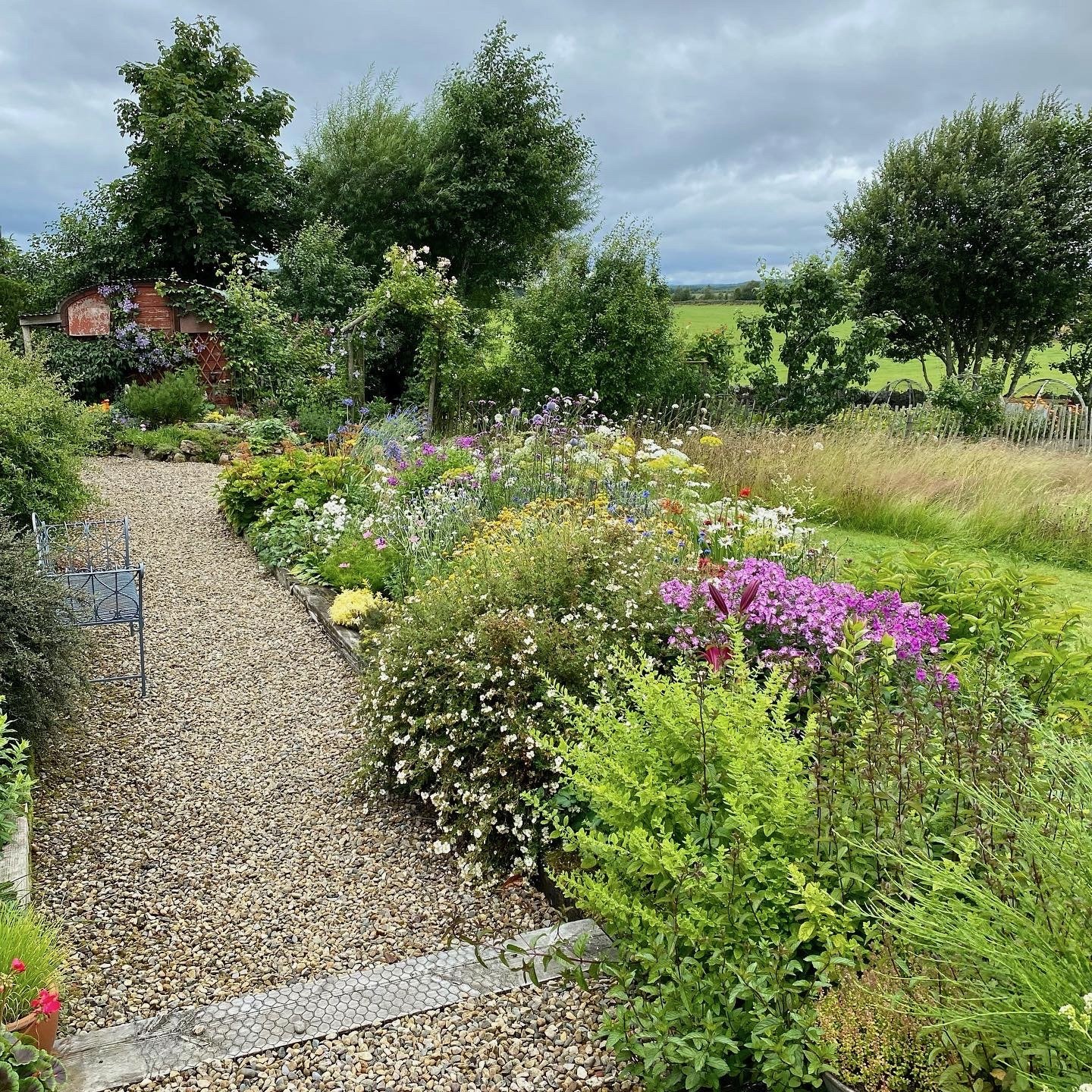Utilise the power of plants and soil to capture and store carbon
Carbon capture is an increasingly important topic in today's world, as we look for ways to mitigate the effects of climate change. One small way we garden owners can have an impact is to utilise the power of plants and soil to capture and store carbon.
Plants play a crucial role in the carbon cycle. Through photosynthesis, plants absorb carbon dioxide from the air and convert it into organic compounds, such as sugars and starches, which they use for growth and energy. By planting trees, shrubs and herbaceous perennials, we can increase the amount of carbon dioxide that is absorbed from the atmosphere and stored in plant tissue, roots, and soil.
The more plants we grow, the more carbon dioxide is absorbed. So, plant more plants! Cover as many surfaces as you can with plants and optimise planting space by growing in layers. Plant trees and shrubs underplanted by herbaceous perennials and ground cover, grow climbers up fences, arches and obelisks, install window boxes and have containers on patios. Create a tapestry of colour and foliage. Make the most of space underground too by having plants with different root systems to infiltrate all parts of the soil.
Healthy soil is another key factor in capturing carbon. The organic matter in soil stores more global carbon than all the plants and atmosphere combined. Build healthy soil by replacing and maintaining levels of organic matter with no-dig methods, composting and mulching. Interactions of living plant roots, fungi, bacteria and other organisms all contribute to healthy soil. Bare soil exposed to the elements will degrade and carbon stocks will deplete, another reason to fill your outdoor spaces with as much growth and beauty as you can.
A layered and diverse planting scheme will capture and store carbon.

